Bam Citadel and Keshit Castle, Iran
The Arg-e Bam located in the city of Bam, Kerman province of southeastern Iran, is the largest adobe building in the world. The entire building was a large fortress containing the citadel, but because the citadel dominates the ruins, the entire fortress is now named Bam Citadel.

Listed by UNESCO as part of the World Heritage Site "Bam and its Cultural Landscape", it can be traced back to at least the Achaemenid Empire (sixth to fourth centuries BC). The citadel rose to importance from the seventh to eleventh centuries, as a crossroads along the Silk Road and other important trade routes, and as a producer of silk and cotton garments.

On 26 December 2003, the citadel was almost completely destroyed by an earthquake, along with much of the rest of Bam and its environs. A few days after the earthquake, the President of Iran, Mohammad Khatami, announced that the citadel would be rebuilt.
Arg-e-Bam had 38 watchtowers and four entrance gates. The outer defense wall is surrounded by a moat. The Government Quarters are on a rocky hill, protected by a double fortification wall. The most notable structures are the bazaar, the Congregational Mosque, the Mirza Na’im ensemble, and the Mir House.
Larger than the nearby Rayen Castle, the area of Bam Citadel is approximately 180000 square meters and is surrounded by gigantic walls, 6–7 metres high and 1815 metres long.

Some kilometers away from Bam citadel we can find another great attraction - Keshit village with its famous Keshit waterfall.

The oasis of Keshit village is not short of a magic. It's called the diamond of Lout desert. After kilometers of a dry land of wilderness towards Lout desert all of sudden a green valley appears with palms, a river and a wonderful waterfal.

Photo by Sergey Semenov
01 August 2025
Read more
360° Video
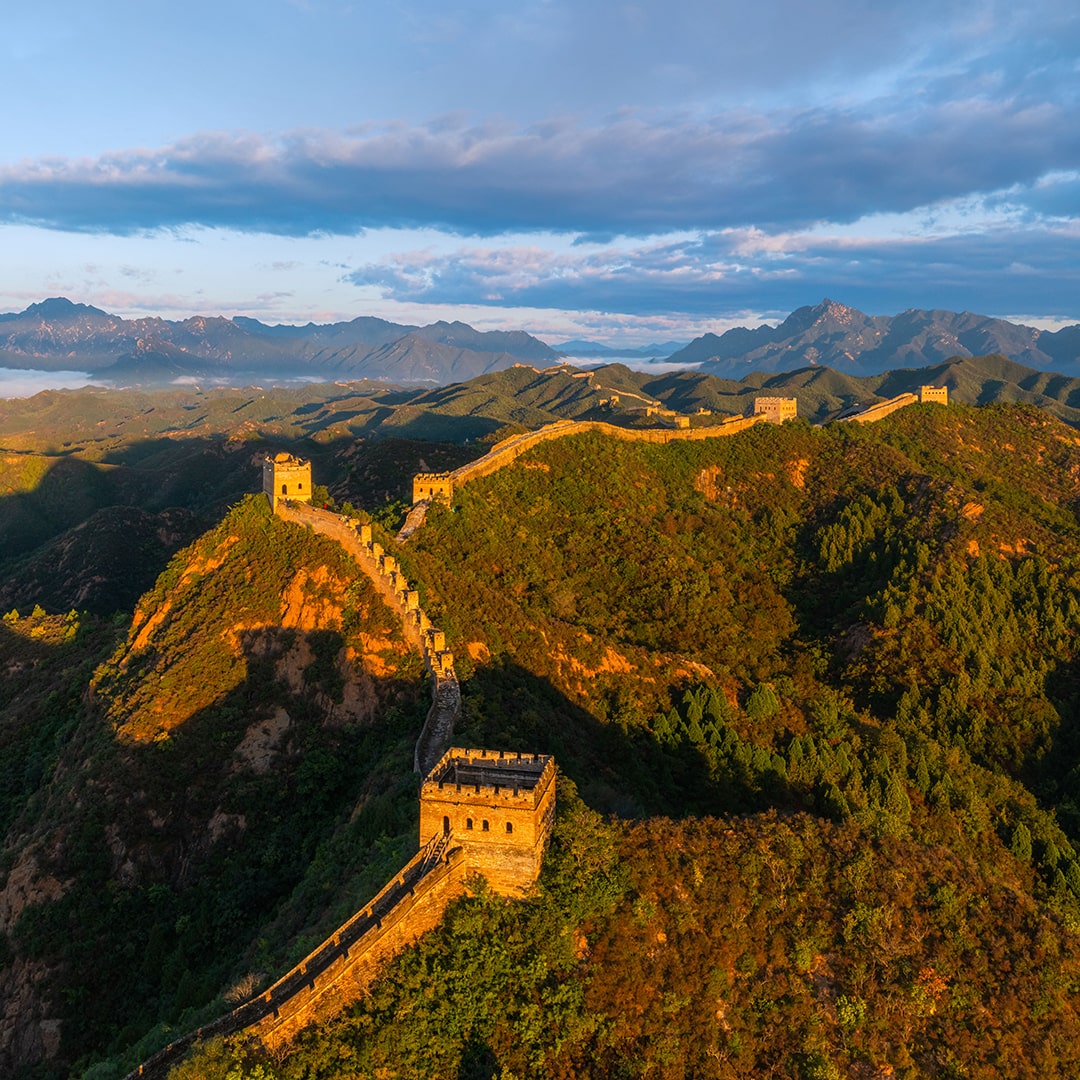

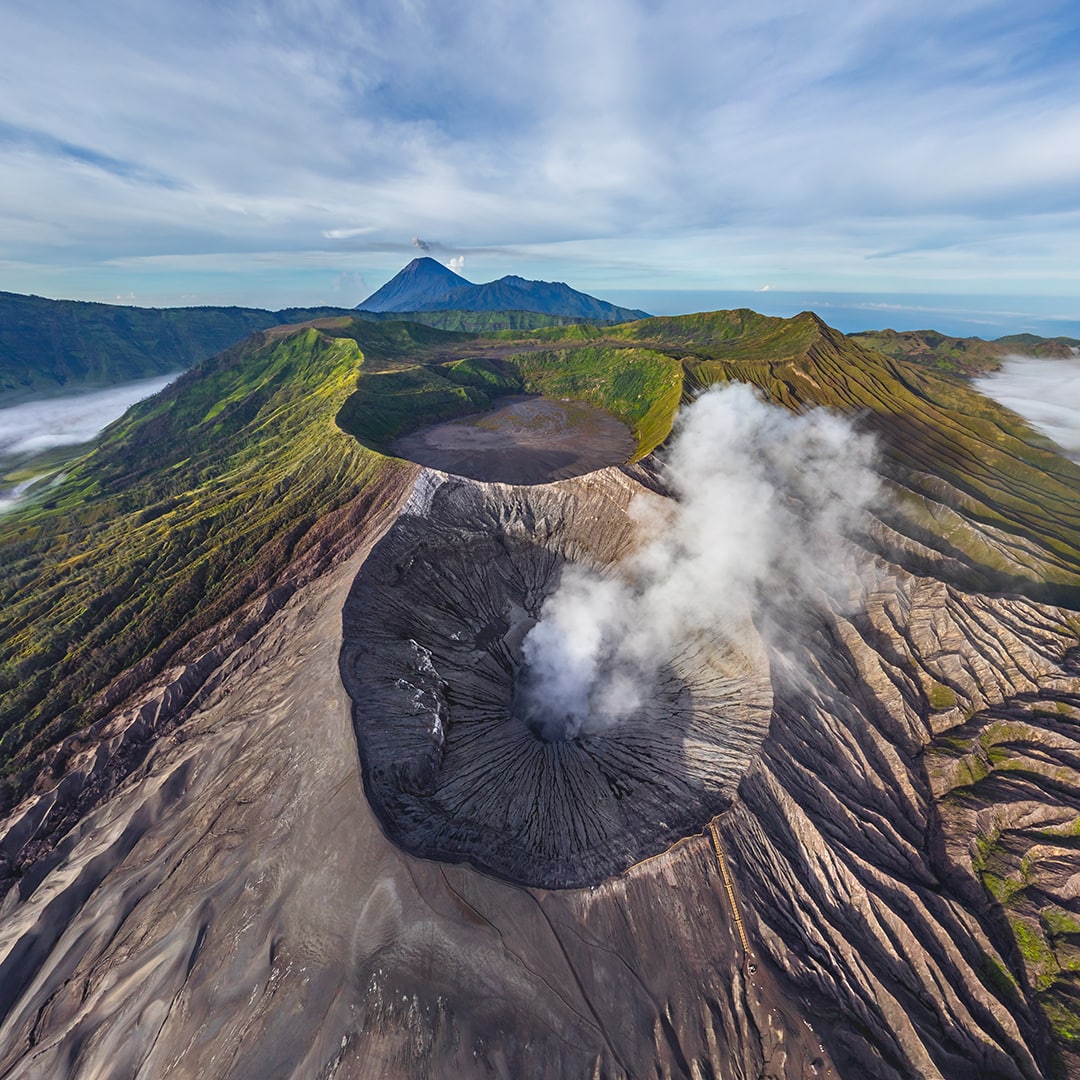



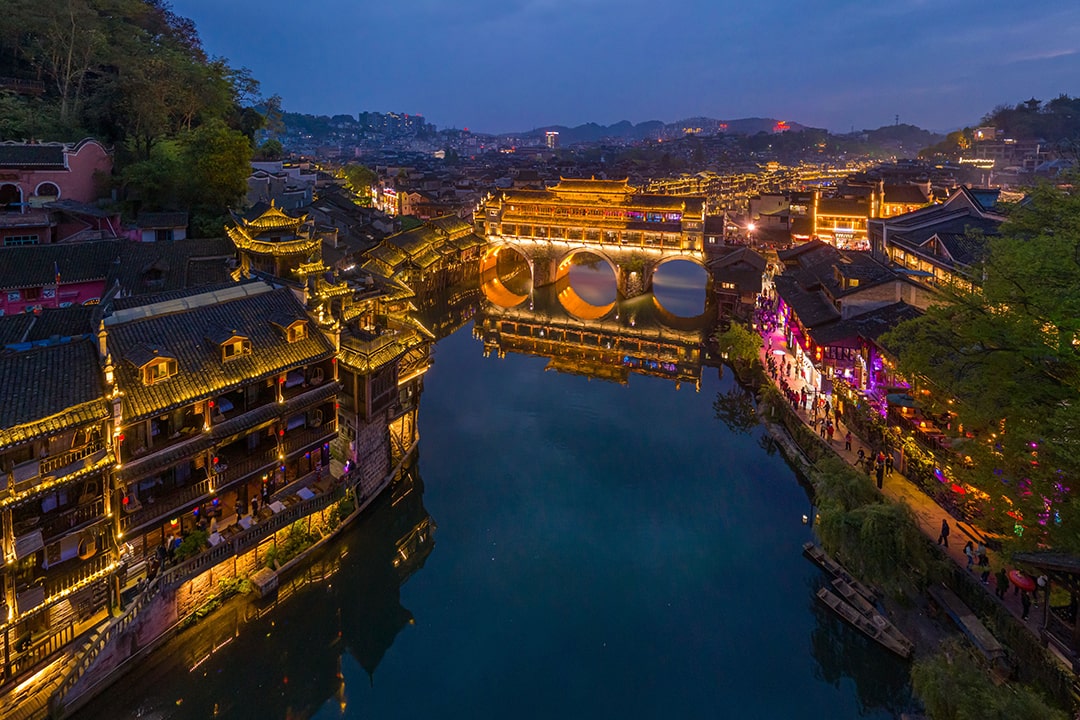

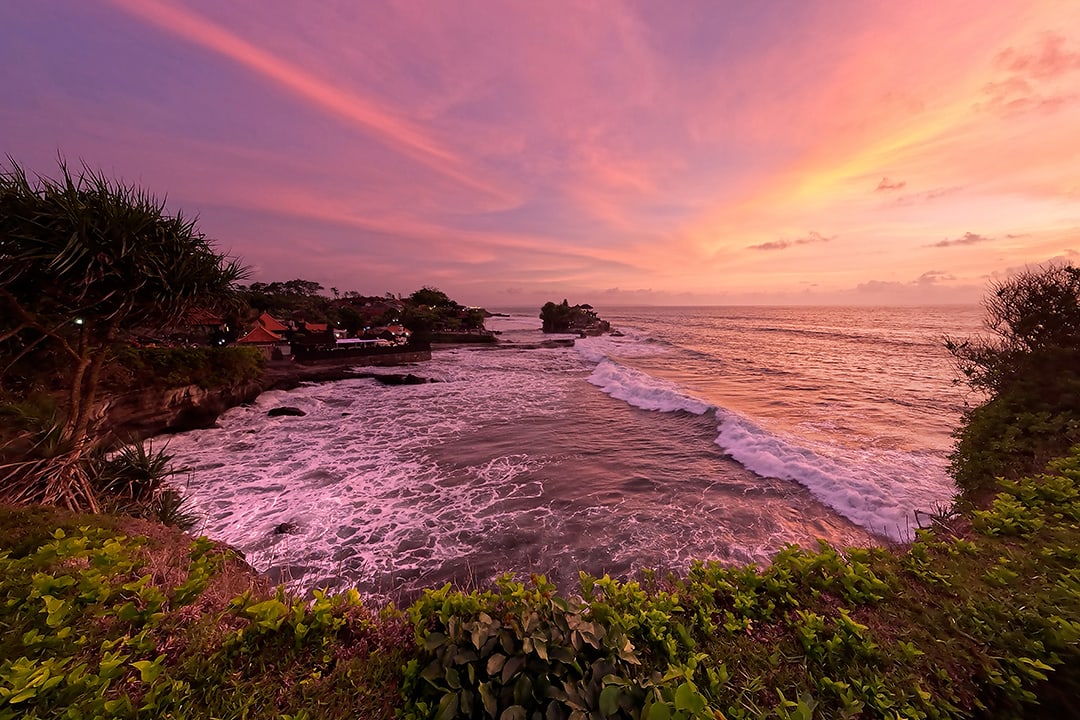


Virtual Travels in 360°
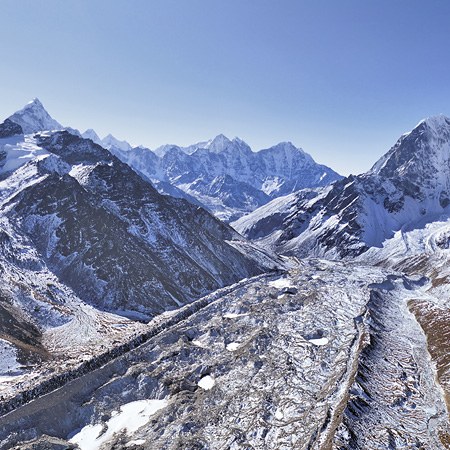 Everest, Himalayas, Nepal, Part I, January 2012
Everest, Himalayas, Nepal, Part I, January 2012
 COVID time best panoramas from AirPano
COVID time best panoramas from AirPano
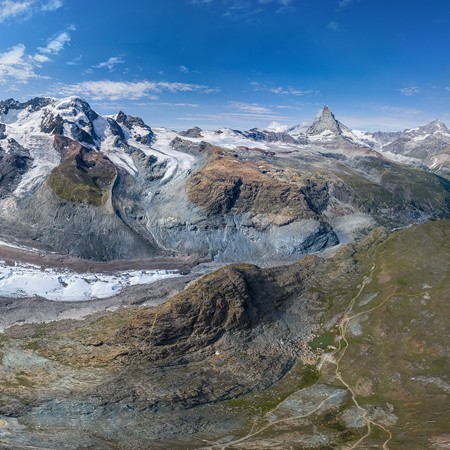 Zermatt, Matterhorn, Switzerland
Zermatt, Matterhorn, Switzerland
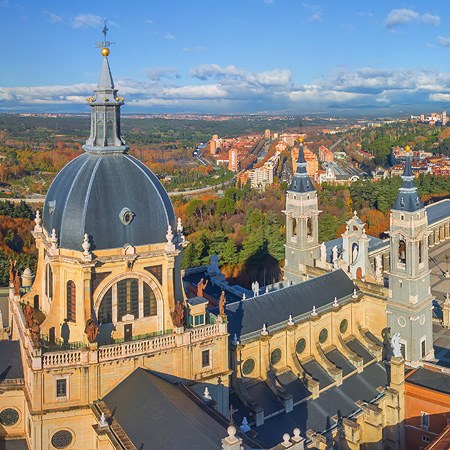 Madrid, Spain
Madrid, Spain
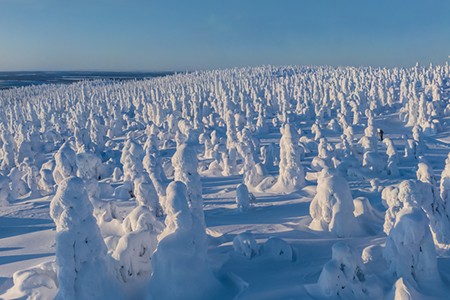 Four Seasons. Winter Forest. Relax Flight
Four Seasons. Winter Forest. Relax Flight
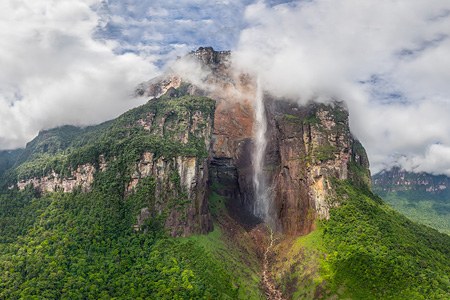 Angel Falls, Venezuela
Angel Falls, Venezuela
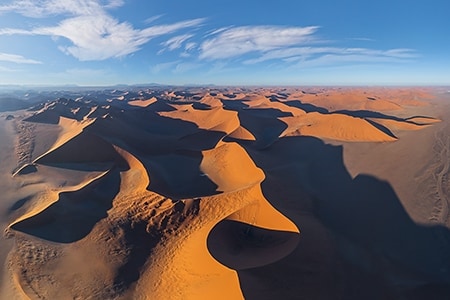 Namib Desert, Namibia
Namib Desert, Namibia
 Diving with Manta Rays, Raja Ampat, Indonesia
Diving with Manta Rays, Raja Ampat, Indonesia
Show more


